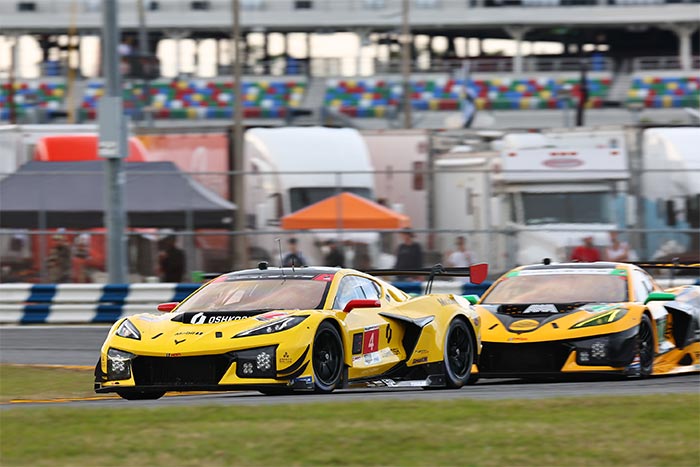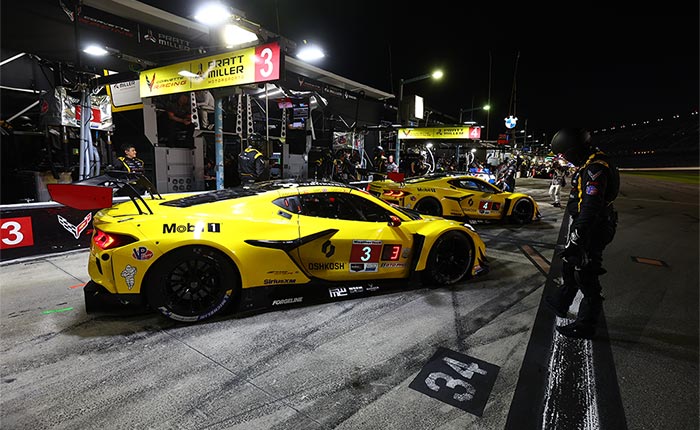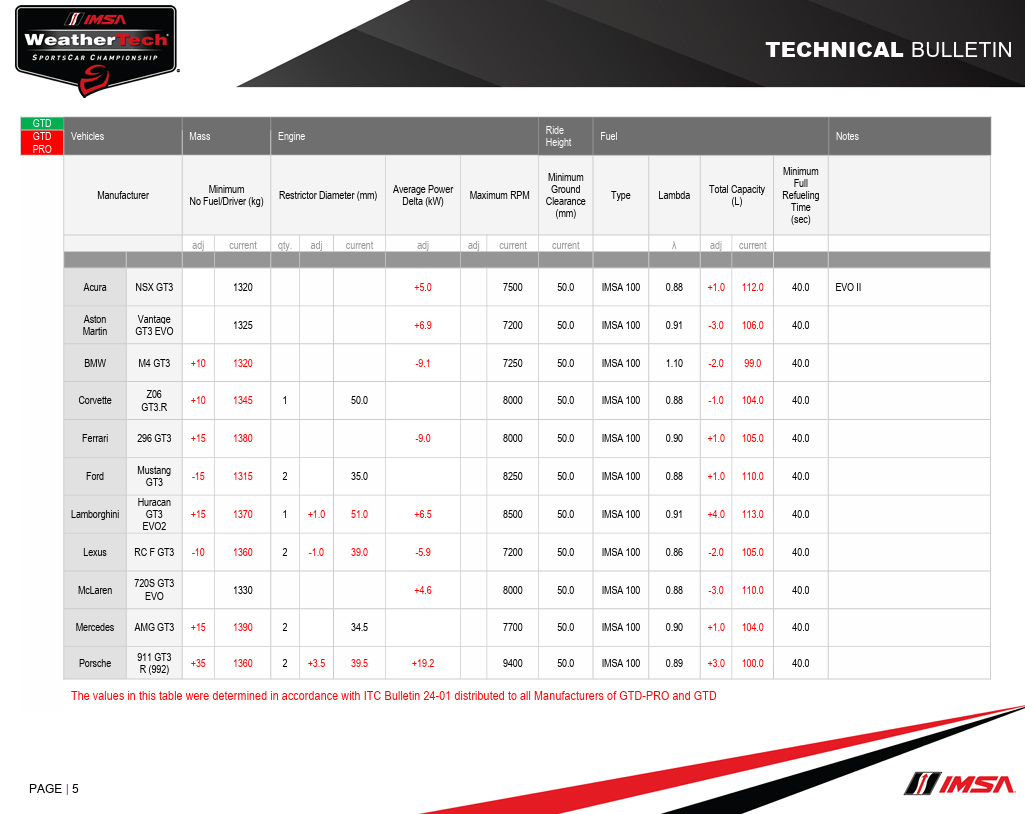Officials at IMSA are now taking back control of the Balance of Performance system in the GTD Pro and GTD Classes beginning with next week’s running of the Mobil 1 Twelve Hours of Sebring. The new BoP system is largely based on last year’s process but supposedly with additional “manufacturer transparency.”
For the Daytona Race, IMSA had given manufacturers the ability to “nominate its own performance expectations” following December’s sanctioned test in December 2023 which provided baseline data for BoP. However, at the conclusion of the Rolex 24 at Daytona, both Ferrari and BMW were given post-race penalties for “exceeding ISMA’s expectations as shared in the GT manufacturers technical working groups.”
The newest changes in BoP are detailed in this report from SportsCar365.com:
Confirmed in a media roundtable on Friday morning, the sanctioning body, in support of the manufacturers, has re-taken control of the BoP process, following a system that was put into place ahead of the 2024 season that had manufacturers nominate its own performance expectations.
That system, which took into account data from December’s IMSA-sanctioned test at Daytona International Speedway, led to post-race penalties for both Ferrari and BMW for having “exceeded IMSA’s expectations as shared in the GT manufacturers technical working groups.”
Instead, IMSA’s technical committee will now declare BoP figures for the GT3 platform themselves, with full transparency between the manufacturers, as had previously been the case.
It was cited that the lack of a sanctioned BoP test at Sebring International Raceway prior to the event, along with manufacturer feedback, led to the reversal of its previous system.

IMSA’s senior technical director Matt Kurdock says, “We concluded a technical working group yesterday with the OEMs discussing the process, discussing the performance targets for Sebring and the OEMs felt that carrying on in a manner where working towards a common performance targets would prove to be difficult, particularly as there was opportunity to conduct a Sebring sanctioned test.”
“IMSA has taken some of the 2023 data in combination with some of the Rolex 24 data and has since devised a BoP solution for Sebring that’s basically a combination of those sources of data available with trying to hit a common performance target for the GTD and GTD Pro classes for the Sebring event.”
Simon Hodgson is IMSA’s VP of Competition, and he says it was the manufacturers that asked for IMSA to take back ownership of the BoP process, saying “I think there’s been a realization, a recognition from the manufacturer group that the complexity in defining performance targets is difficult.”
As for the new Balance of Performance targets for the Sebring 12-hour, IMSA released those documents on Thursday which makes wholesale changes to weight, power, and fuel capacity for nearly all of the 11 GT3 models.
The Corvette Z06 GT3.Rs received 10kg of additional weight (1320 kg total) and it lost 1 liter of fuel capacity to bring it down to 104 liters total.
Here is the new Bop for the 12 Hours of Sebring in the GTD Pro/GTD classes.
(Click to embiggen!)
Source:
SportsCar365.com
Related:
[VIDEO] Ferrari and BWM Sandbagging at the Rolex 24? IMSA Strips Manufacturers Points
[VIDEO] Four Corvette Z06 GT3.Rs on the Track at Daytona
[VIDEO] Pratt Miller Motorsports Recaps the 2024 Rolex 24 at Daytona
Subscribe Now:
-



![[VIDEO] 2024 Corvette E-Ray Roll Races a Lamborghini, Ferrari 488 Pista [VIDEO] 2024 Corvette E-Ray Roll Races a Lamborghini, Ferrari 488 Pista](https://www.corvetteblogger.com/images/content/uploads/2024/04/042424_24-218x150.jpg)
![[VIDEO] 2024 Corvette E-Ray Bullies a Nissan GTR and a Lamborghini Aventador SV at the Drag Strip [VIDEO] 2024 Corvette E-Ray Bullies a Nissan GTR and a Lamborghini Aventador SV](https://www.corvetteblogger.com/images/content/uploads/2024/04/041824_3-218x150.jpg)
![[VIDEO] More Quarter Mile Action with the All New 2024 Corvette E-Ray [VIDEO] More Quarter Mile Action with the All New 2024 Corvette E-Ray](https://www.corvetteblogger.com/images/content/uploads/2024/04/041824_2b-218x150.jpg)
Way to complicated,,,,,, i like “Run wat U Brung” ,,, I think speed can be managed with tire compounds and width. If you can transfer HP to track by narrow tire contact , does big HP matter….
can should be CAN’T…………………lol
But everyone should get a trophy 🏆! Isn’t that the good little socialist creed?
I guess I don’t understand any of this. Why can’t they just build a car to the race spec, and then race it? Make sure it weighs within the spec, carries the amount of fuel that’s spec, tires etc., allow some suspension adjustment for different tracks, and just let ’em race. And who cares how fast the fuel goes in during pit stops?
@Jetdriver Then you would have “spec” racing, similar to what we have in Indycar. Different engines make HP differently.
Giant pain in the ass.
Comments are closed.